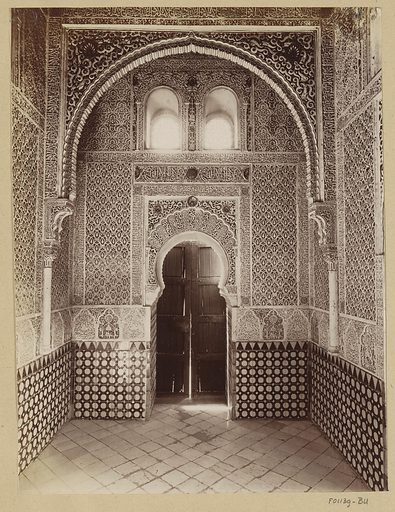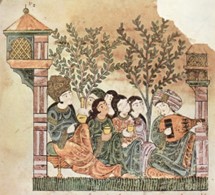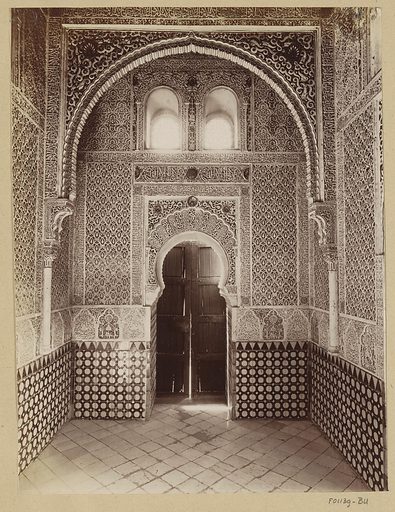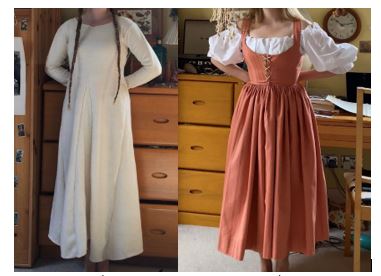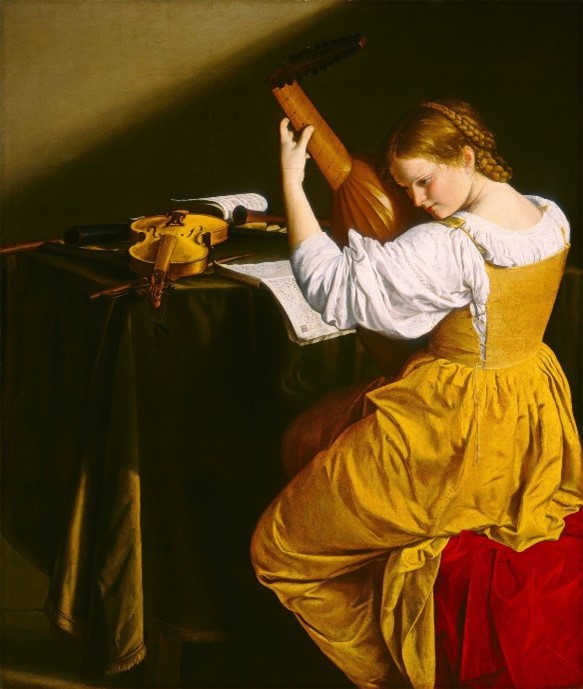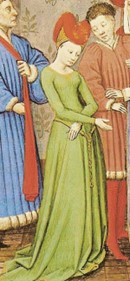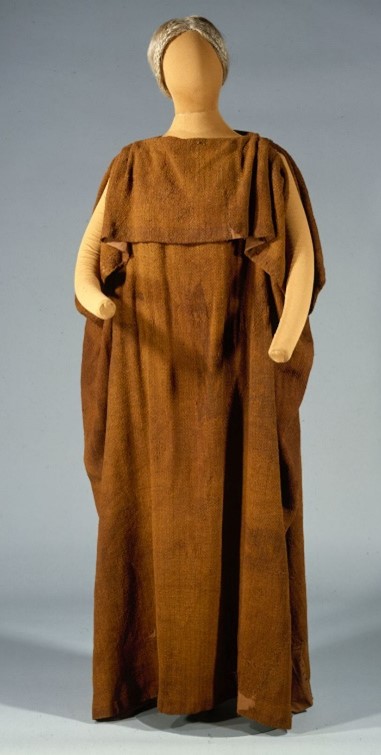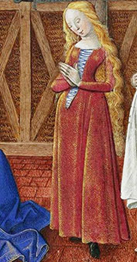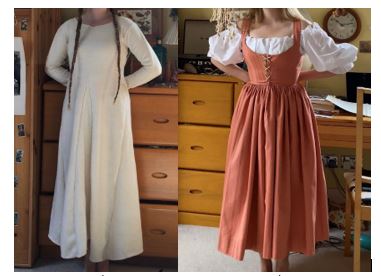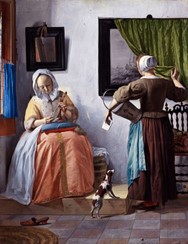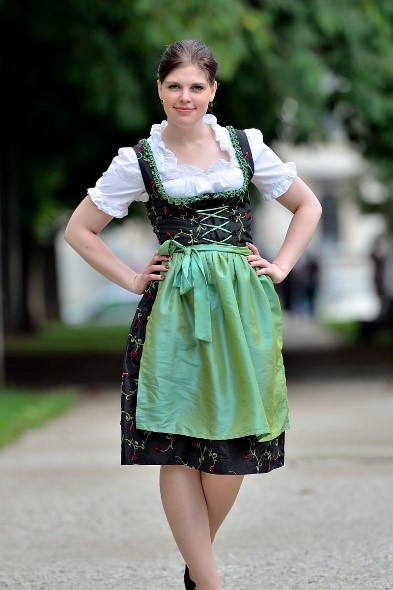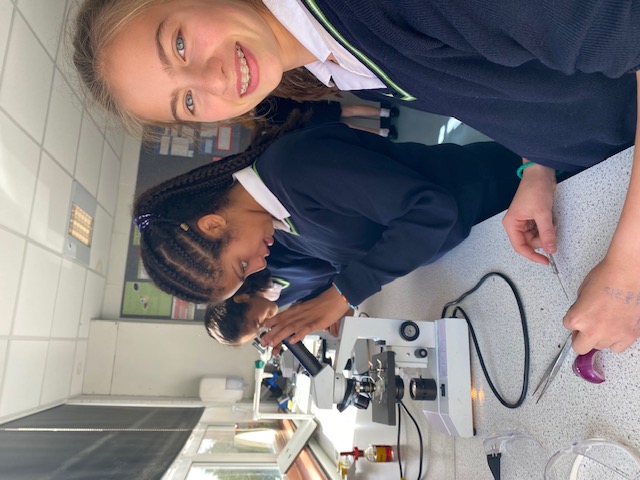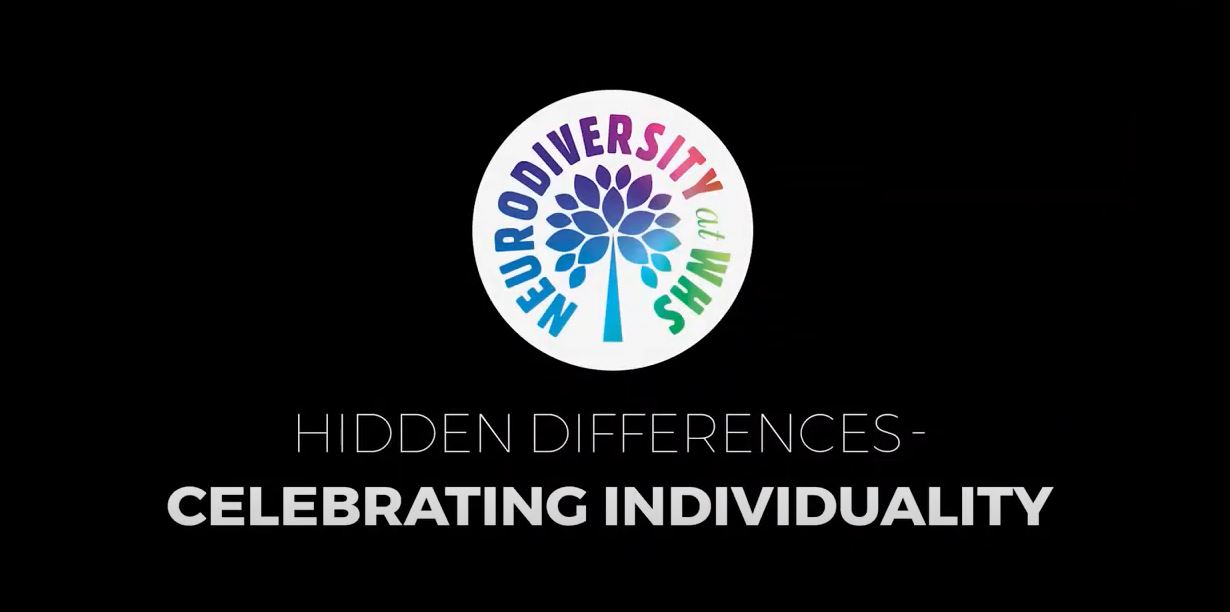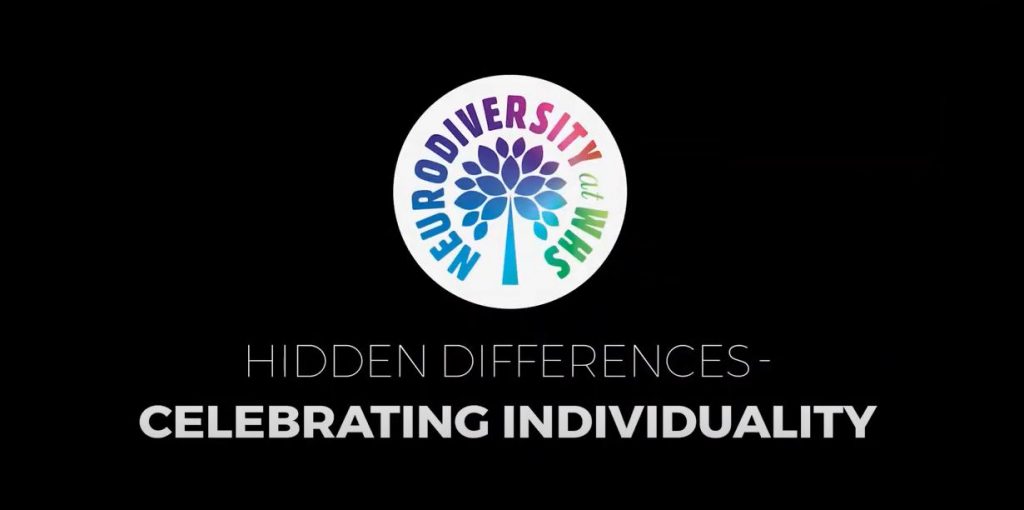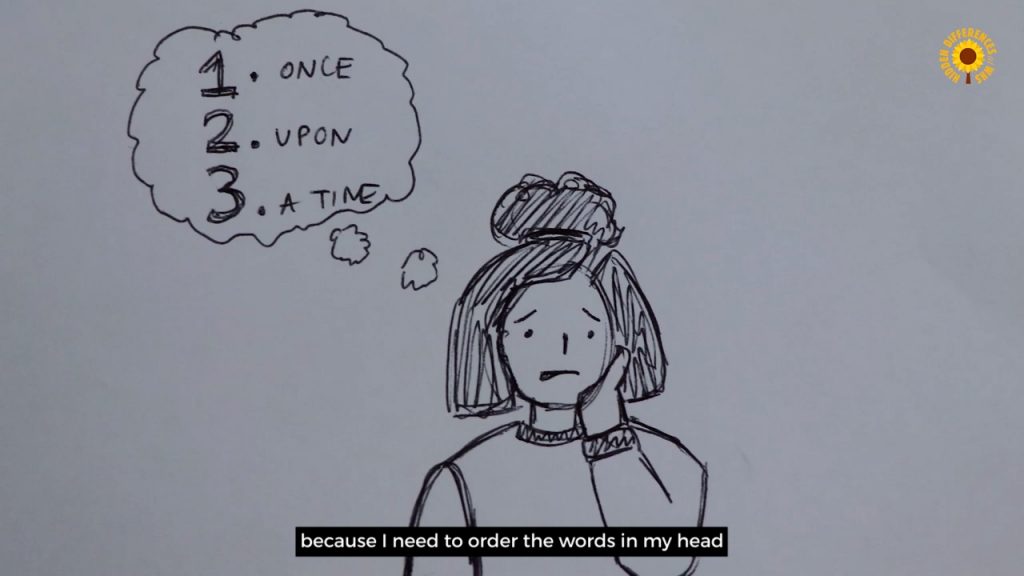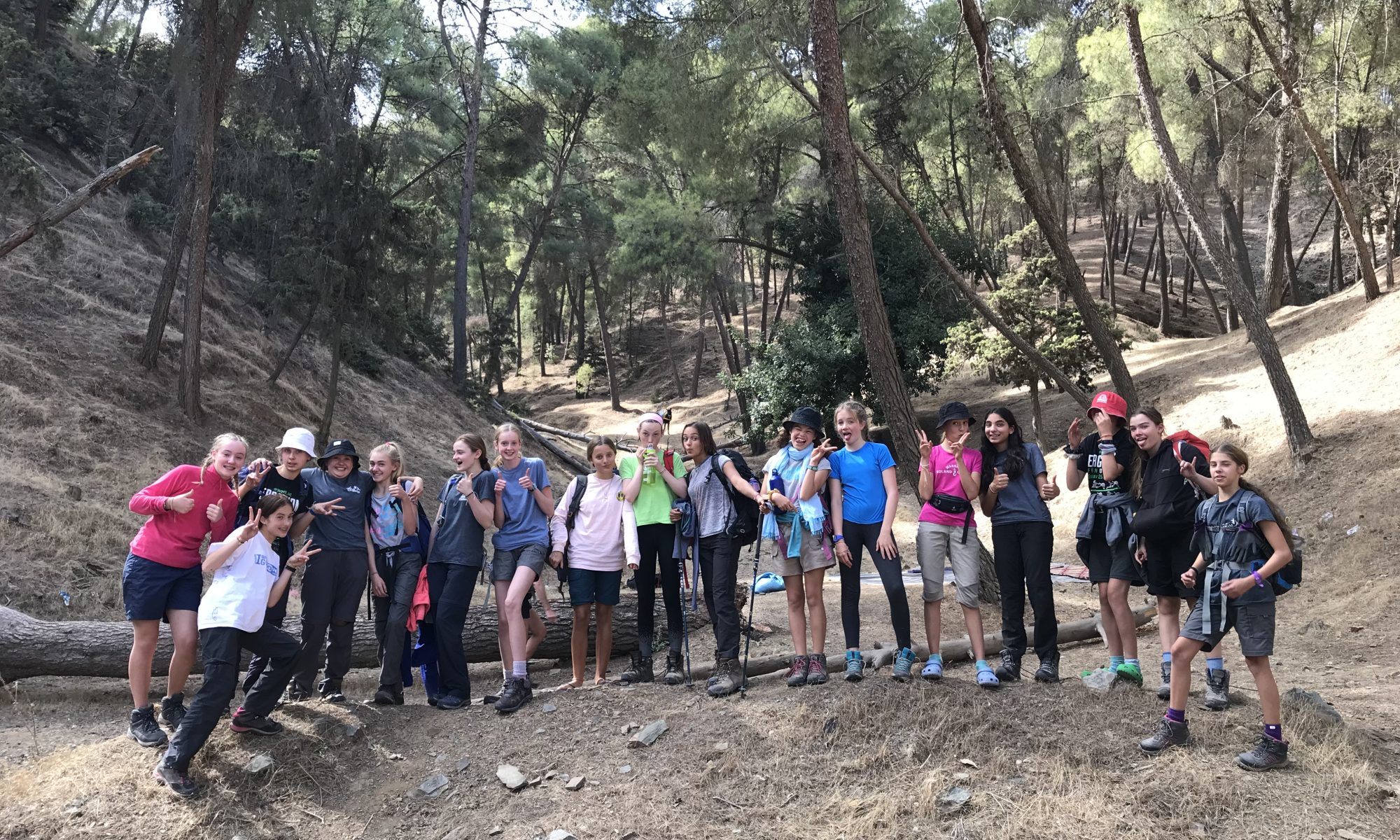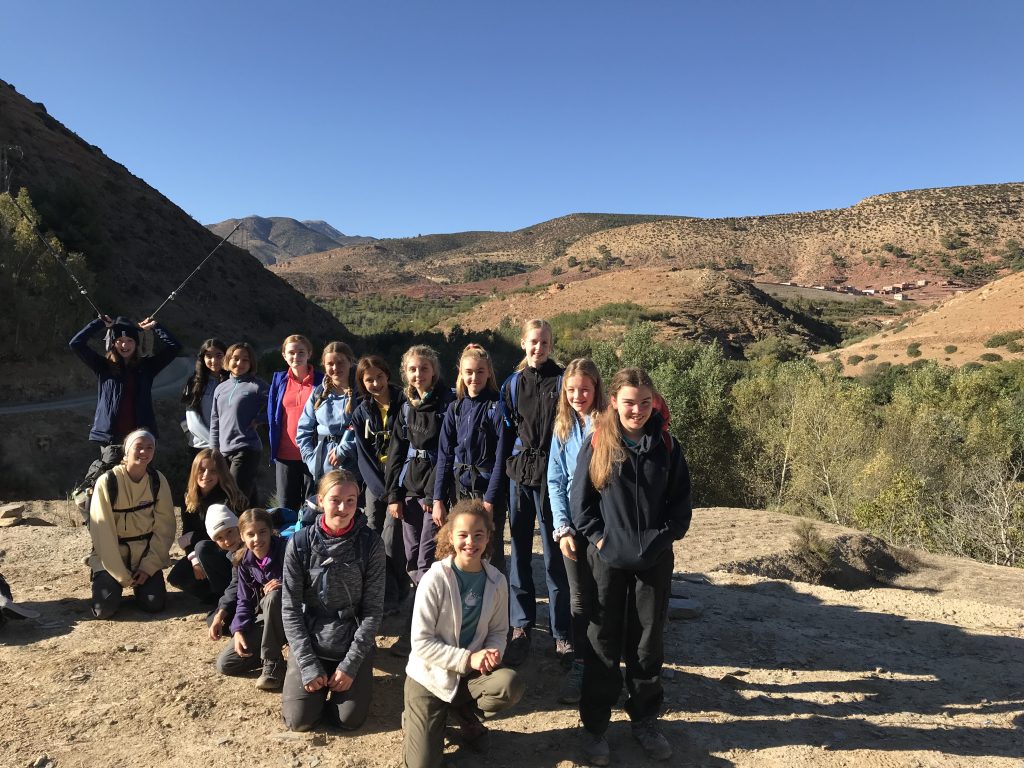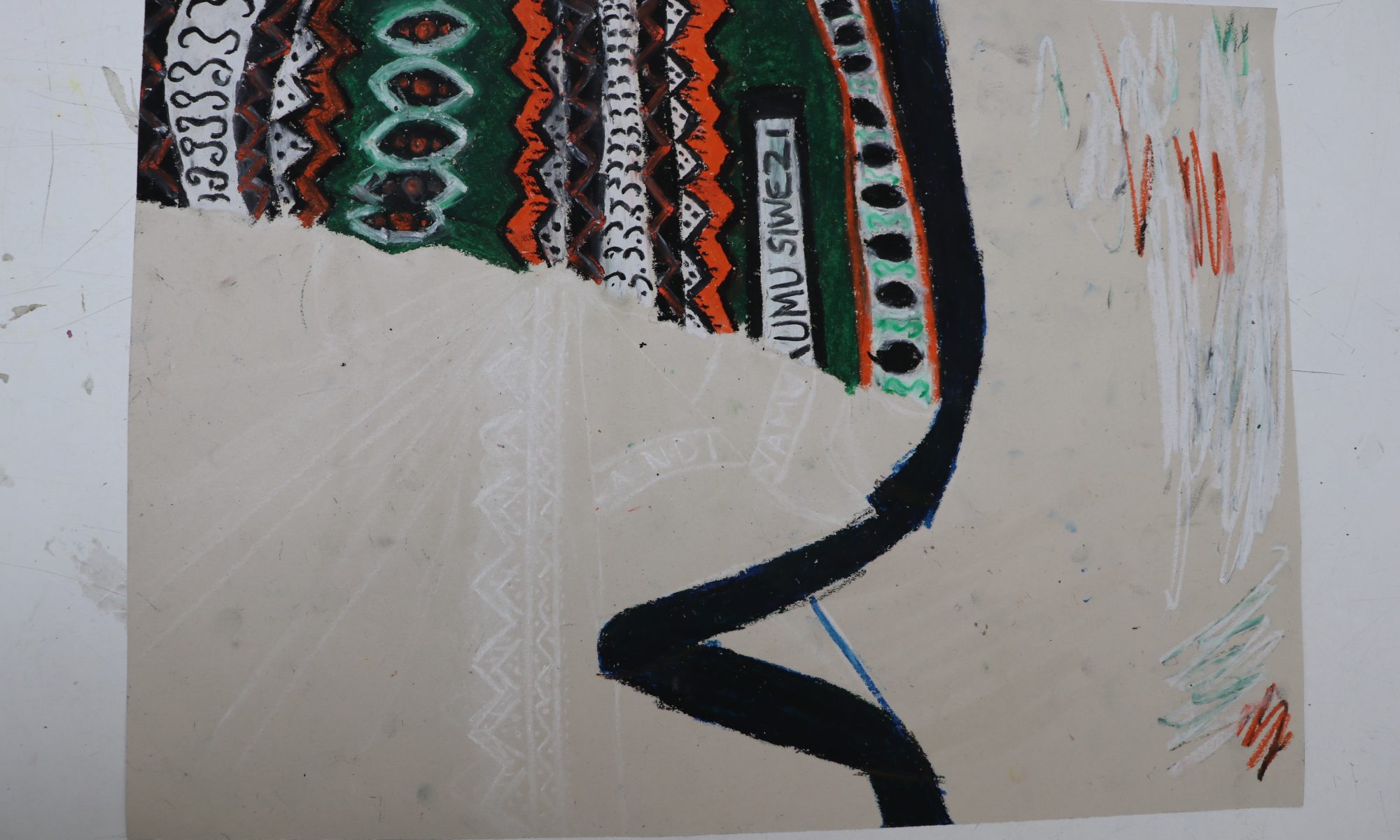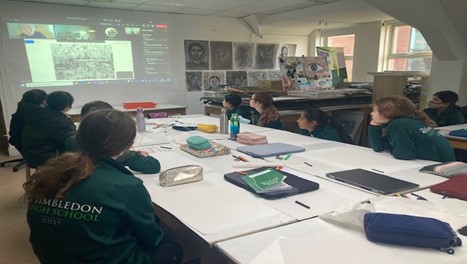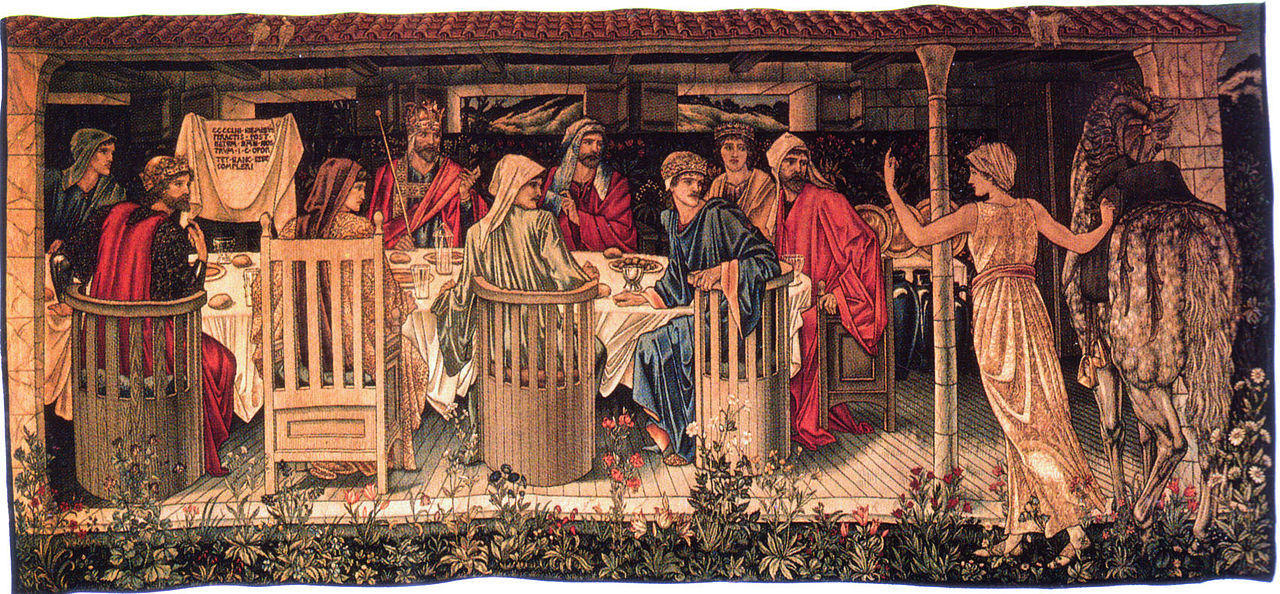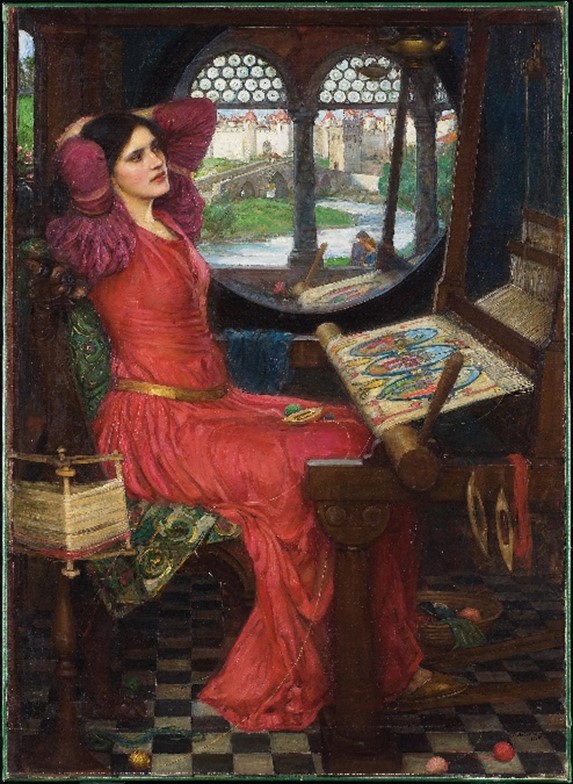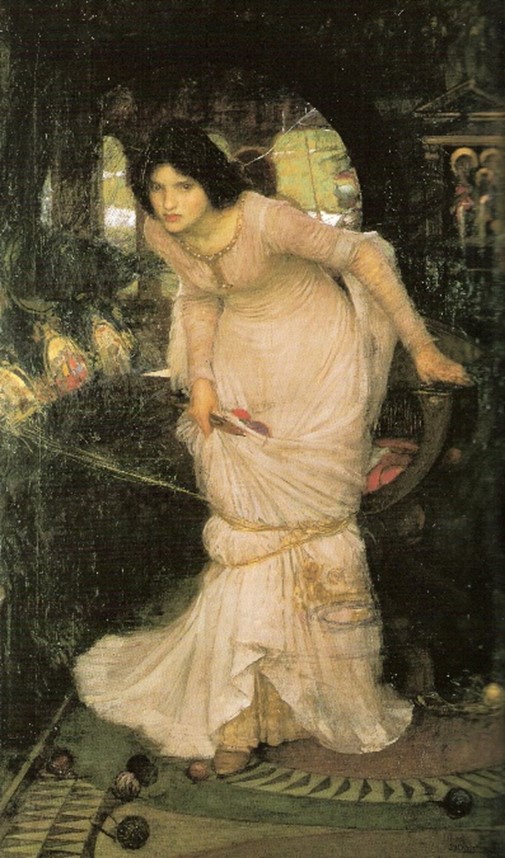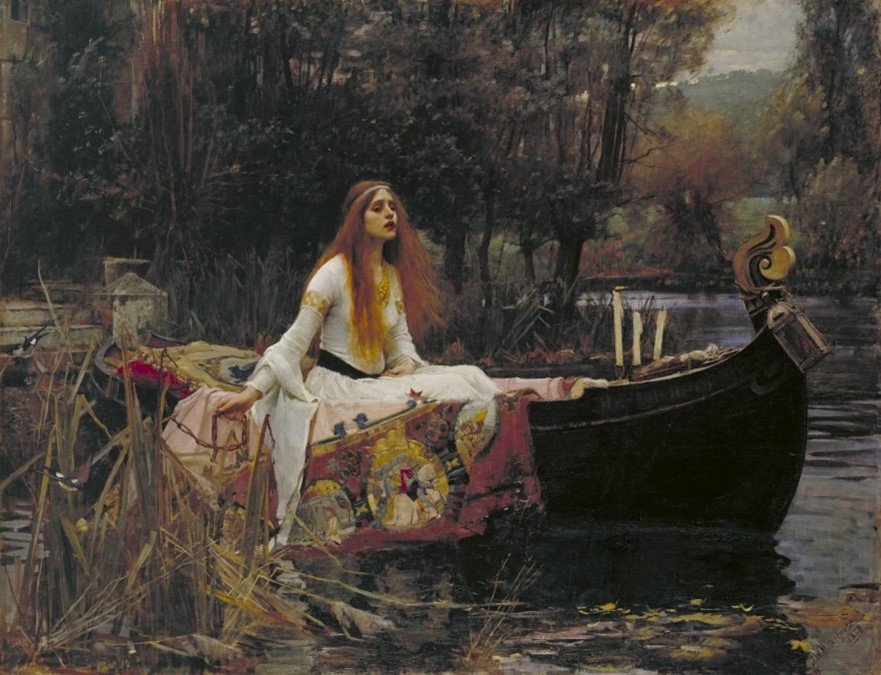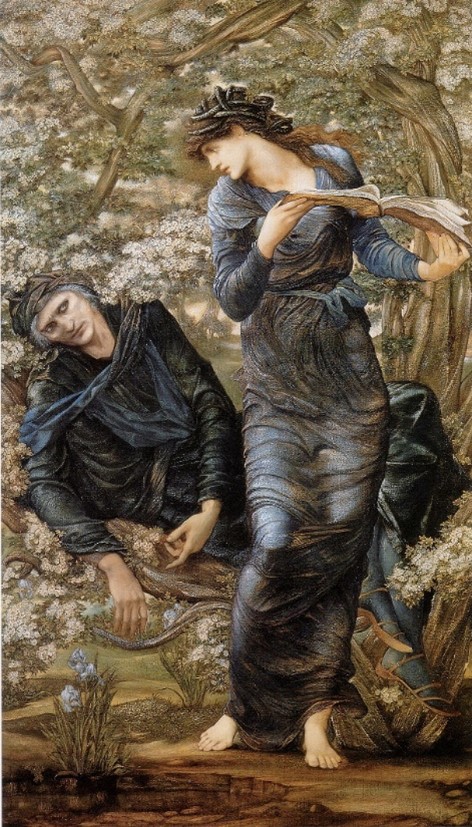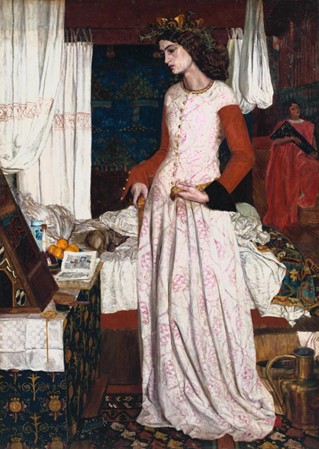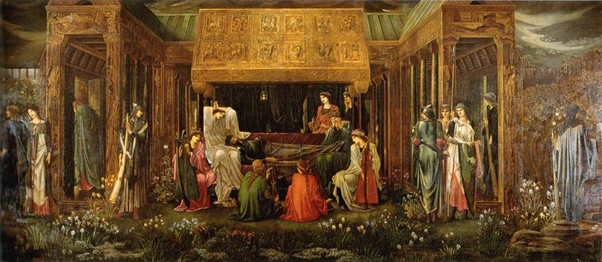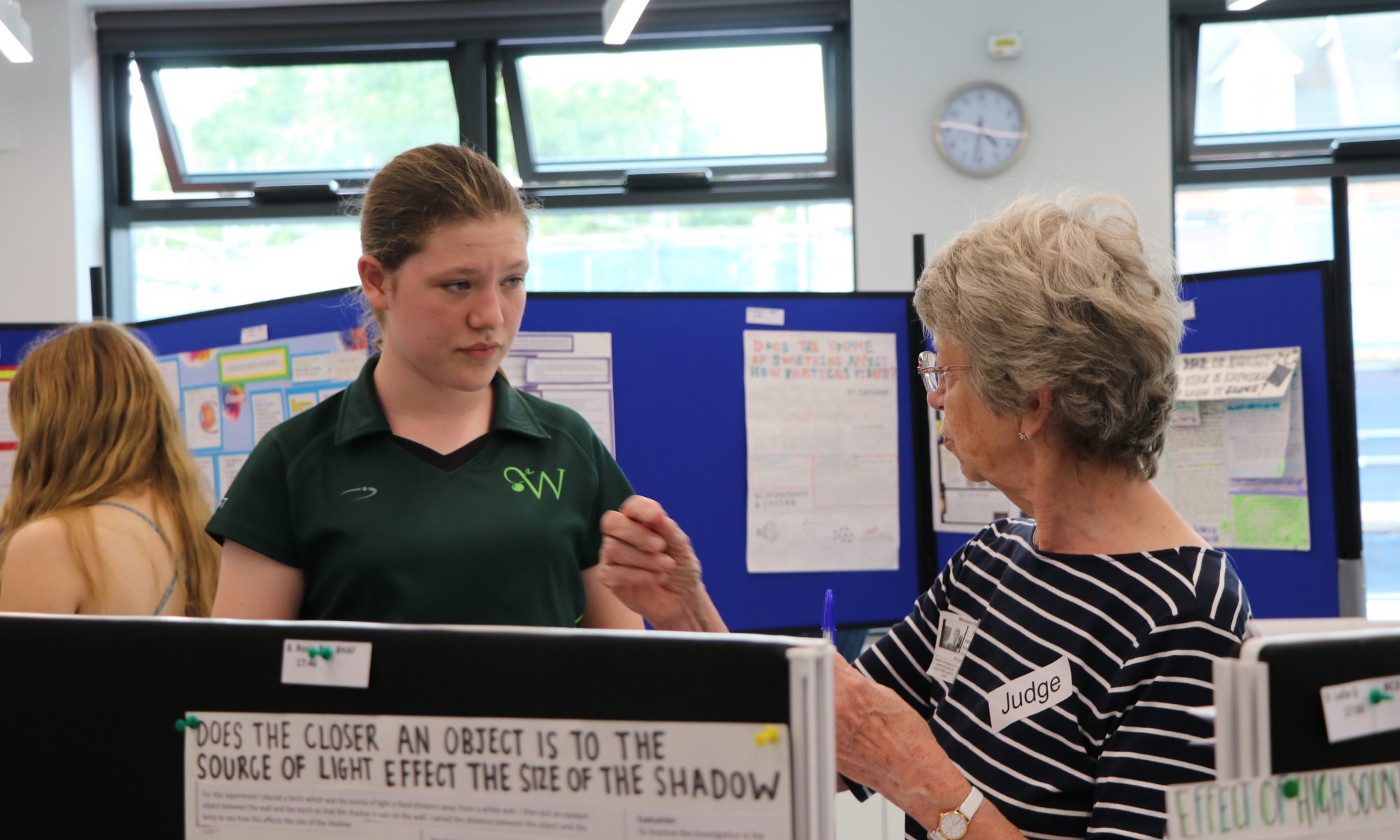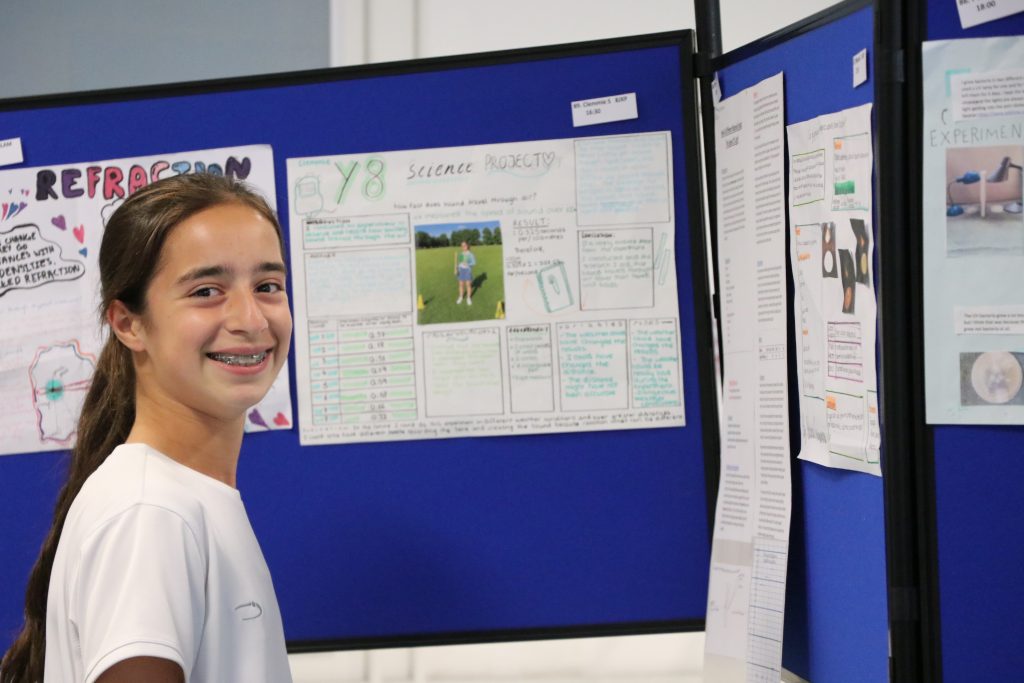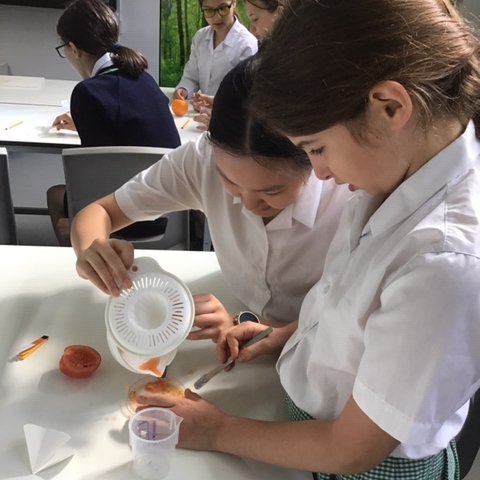In this week’s WimLearn Lucy D. in Y12 explores whether it is enough to just be listened to, to have someone hear your opinions and concerns? Or does someone have to act on them in order for us to feel satisfied?
In April 2019, David Kestenbaum reported on a study that he’d conducted called ‘The Tattle-Phone’. The premise of the study was that children in a pre-school class at Woodland Hills Private School, California, were given a fake phone that they could use to tell their problems to. For example, if they’d been pinched by one of their friends, the child could go to ‘The Tattle-Phone’ and be able to tell the phone what had happened.
After a month of the study, Kestenbaum then interviewed the children and asked them what they thought of ‘The Tattle-Phone’. “One girl told me talking to “The Tattle-Phone” felt like eating ice cream.”[1] The general consensus from the study was that the children felt better after voicing their frustrations, because they felt that they were being listened to. However, there is another side to this. Towards the end of the month, Kestenbaum noticed that the number of times the phone was used decreased. Part of this was the novelty of it wearing off, but there was also the fact that talking to ‘The Tattle-Phone’ didn’t prompt any action. The children had noticed that nothing was being done to allay their concerns, and so had stopped using the phone as often, because they’d lost trust in it.
The relevance of this study is that it highlights a very interesting question surrounding the idea of having a voice, of being able to complain to somebody about your problems, no matter how big or small. Is it enough to just be listened to, to have someone hear your opinions and concerns? Or does someone have to act on them in order for us to feel satisfied?
Within a democracy, everybody’s voice is heard and everybody gets a chance to make their views and concerns known, but not everyone will get their views acted on all of the time. On the whole, people can be satisfied with the knowledge that their voice has been listened to, even if the person who they supported has not gained power or if the views of another group of people are the ones that have been acted on. Within companies this is also often true, as case studies collated by the CIPD (Chartered Institute of Personnel Development) in 2021 showed: when employers wanted to increase inclusivity and job satisfaction, their policies focussed on improving the systems which employees used to suggest ideas and to voice their worries, showing how these employers felt that making employees’ voices a priority was key to improving the satisfaction of people who worked for them.[2]
However, like the children becoming disillusioned with the telephone, sometimes people or populations cannot accept that just having a voice is enough. They need to see some action. Examples of this range from coups in Ancient Rome, to the Chinese Civil War in the 1940s, when people have been expecting action from those in power and have not got it, so they have changed their leader for one who will take action. In these cases, and in the cases of many other uprisings throughout history, it becomes clear that often it is not enough to simply tell someone your opinions and concerns, these views have to be acted on in order for you to be satisfied with the outcome.
It’s paradoxical, because sometimes the knowledge that your voice has been heard is enough, with no action required, and sometimes what you want is for someone not just to hear your concerns but to take action because of them. But this produces the problem that not everybody’s voices can be acted on all the time, particularly if their views contradict each other. The choice of whose voice to act on in any given scenario is difficult at all levels, from Student Councils, to employers, to Presidents and Prime Ministers. Perhaps simply having our voice heard and listened to has to be enough, and this is what Barack Obama offered in November 2008 after being elected to serve his first term as President of the USA: “I will listen to you, especially when we disagree.”


